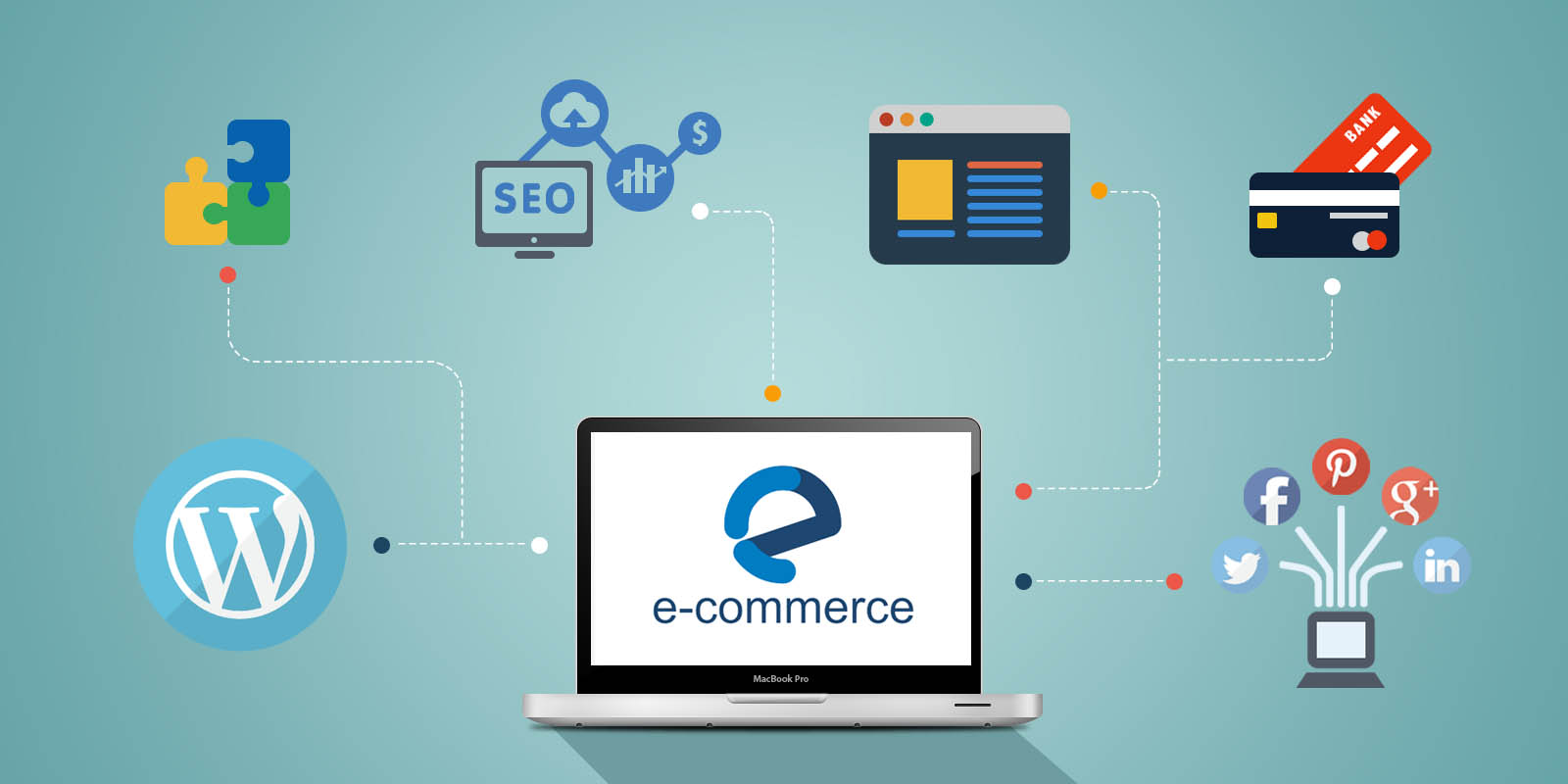
You want to launch your e-commerce site but do not know the steps or the order in which to do them? Want a glimpse of the workload before you embark on a project? Here is a listing of the steps that will take you to your e-commerce site!
1- DETERMINE THE SECTOR OF ACTIVITY
Start by choosing the type of product you want to sell. If you are embarking on e-commerce, it is certain that you have an idea of what you want to market.
2- ANALYZE THE COMPETITION
Once the business sector is defined, you need to do a market research of it. Identify competitors, their marketing positioning, their mode of communication, determine their market share. From this, you will have to choose your communication axis in order to stand out from them. Identify for this your competitive advantages. Are there products that you sell and they do not? If not, imagine a striking and differentiating communication. Also define your target customers: gender, age group, consumption habits …
3- PREPARE A SPECIFICATION
Once you know where you are going, you need to prepare the concrete project for your site. What features do you need? How should your site work? What are the tree and the number of pages you want? Also, summarize the result of your market research so that the provider has an idea of the competitive environment of your project and can advise you.
4- OBTAIN A PRODUCT CATALOG
An essential element for any e-commerce site: a catalog of products. Contact suppliers and get the data of the products you sell. By having a file ready to use and perfectly informed, you will facilitate the import work in your e-commerce solution.
5- CHOOSE THE MEANS OF PAYMENT
Another essential element to an e-commerce site: means of payment. These are to be defined upstream in order to set them up on the site and set them up. Setting up a payment method by a provider can take time, so think ahead. Depending on the type of clientele, one mode of payment may be more popular than another. On average, offering 3 different payment methods satisfies 99% of Internet users. Check out our article on payment methods for e-commerce website for more information.
6- CHOOSE DELIVERY METHODS
The last element to predict absolutely: the mode of delivery. Which delivery methods of your articles will you offer? Home delivery? Delivery point relay? Chronopost or Colissimo?
To decide on this, you need to consider the type of product you are selling, the prices of your competitors and the final invoice for an order. High shipping costs make customers flee! If you offer cheaper products than your competitors but your shipping rate does not make you more competitive, people may go elsewhere. In e-commerce, customers take the time to compare offers, and the delivery rate is a criterion not to be taken lightly. This is also the first criterion of choice for Internet users!
7- FIND A PROVIDER
Once the e-commerce solution and your needs are defined, you can go in search of a provider who will create the site of your dreams. He can be an agency, a freelancer or an internal employee. In any case, you will have to make sure that it masters the solution and the technologies that you want. Also, check out his portfolio and call old customers to make sure he’s serious.
8- WRITE THE PRODUCT DESCRIPTIONS
The content of the product sheets will be both what sells and what references your site, do not neglect it! It’s a huge amount of work, do not hesitate to do it as soon as possible and assign all your staff. It is common for an e-commerce project to fall behind because the texts to be integrated are not finished, and empty material sheets of content will not convert and refer with great difficulty.
9- WRITE CONTENT FOR THE SITE
The content of the pages of your site is important for the information of the Net surfers and the natural referencing. For example, the “About Us” page is used to reassure the customer about the company, to attest to its existence, practices, and experience. The delivery page must also be clear to inform the customer about prices and deadlines.
In addition, if you have planned a blog section or pages of content to improve your SEO, prepare these texts in advance. Have several blog posts in advance and make sure your thematic pages are ready for uploading so they can participate in SEO as soon as you launch.
10- PUT THE SITE ONLINE
This is it D-day, your e-commerce site goes online! Internet users will be able to see the result of all your work and place their first orders. Now, there are still a lot of things to do: reply to emails, ship orders, manage billing, get reviews, make promotions, communicate on social networks, refine your SEO … The work of a lifetime 😉
Do you want to create or migrate your e-commerce site? Our expert eCommerce developers accompany you in your project.

Comments are closed.